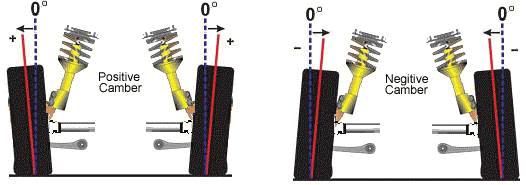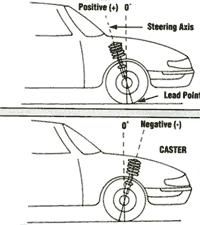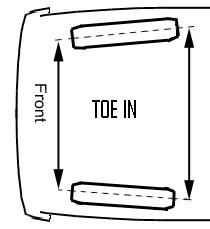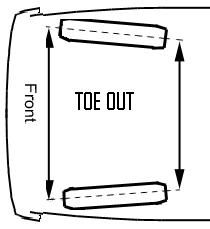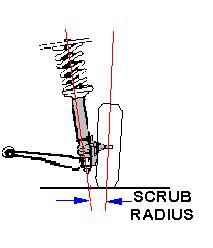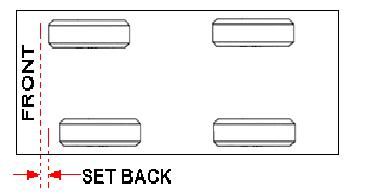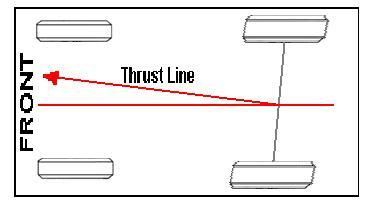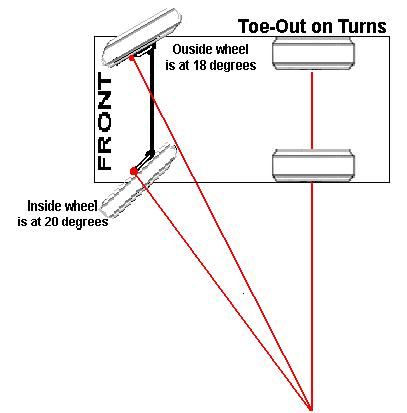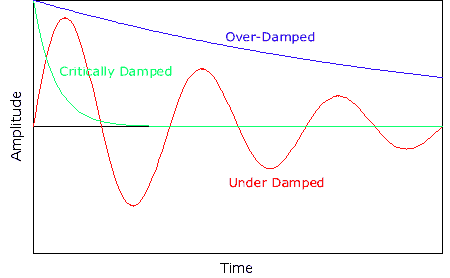I wrote this to be specific to BD, BG, and BK Legacys, but over the next few days I'll edit it to be directed towards WRX/STI. I will add the missing sections as well
COILOVER FAQ
What are coilovers?
COILOVER FAQ
What are coilovers?
Coilovers are an alternative to your stock McPherson strut setup. There are advantages and disadvantages of using a coilover system. If you're even reading this thread, you most likely want better handling out of your Subaru. Read on and I'll explain in more detail.
What are some of the benefits of coilovers?Just to name a few....Coilovers can allow more alignment customization, lower ride height, stiffer suspension, less weight, better spring rates, adjustable rebound and dampening, etc.
Sounds like coilovers are the way to go! What is the down side?The biggest factor is cost. There are some "affordable" coilover kits that start at around $450. The quality of these kits are questionable. A "good" set of coilovers will cost you well over $1000. The other downside to them is ride quality. To many, coilovers on a daily driver car are a little too rough. Most coilovers (even on the softest setting) are considerable stiffer then stock suspension....Therefor your ride will be much rougher.
I just want to slam my car, and I've heard that coilovers are the way to go!If you want to lower your car more then lowering springs will allow you too, then coilovers are your only other option. If lowering is all you car about, then I suggest a cheap set of generic coilovers.
I don't need coilovers to slam my car! I can just cut the springs! You're an idiot!Go right ahead and cut your springs. I won't stop you. I'll just point and laugh at you when I'm riding in traffic behind you and I see your car bouncing around everywhere. As well, good luck with any kind of "aggressive" driving on cut springs.
Can you explain a little bit about the benefits of how a Legacy handles with coilovers?My favorite thing about my coilovers is the fact that I can run excessive negative camber. I frequently go on mountain runs and track my car. Running about -3 degrees of negative camber helps my handling in corners A LOT. I wouldn't be able to do this with any kind of stock suspension. The camber plates that are on most coilovers allow up to -6 degress of camber. Your caster and toe angles are not affected by coilovers however.
Another big thing is body roll. I currently have D2 Racing coilovers. I have almost NO body roll (and I'm on stock sway bars too!)
When driving my Subaru compared to other Subarus that are on stock suspension, I feel MUCH more planted to the road. As weird as it may sound, I feel connected to the road...instead of just driving over the road.
So all this information is cool and everything....but I can't find coilovers that are made for my Legacy!Another big thing is body roll. I currently have D2 Racing coilovers. I have almost NO body roll (and I'm on stock sway bars too!)
When driving my Subaru compared to other Subarus that are on stock suspension, I feel MUCH more planted to the road. As weird as it may sound, I feel connected to the road...instead of just driving over the road.
You can use any coilovers that are made for 95 - 99 Legacy / Outback. As well, you can use any 2004 STI or 2002-2007 WRX coilovers. You will find the most options shopping for WRX coilovers. They are a direct bolt on mod.
So I bought WRX coilovers for my Legacy....but I cant clip my brake line now? What gives??!??The WRX/STI uses a different brake line...and a different clip. You have two options to solve this problem.
Ghetto option #1
I want stance....yoGhetto option #1
Zipties. Just ziptie your brake line to the coilover
Correct option #2Swap brake lines. You can buy any 2004 STI or 02 - 07 WRX brake lines and clips to properly secure them. While you're out shopping for brake lines, I suggest picking up a set of stainless steel brake lines. They will help you maintain a nice pedal feel.
Then please go buy another car. Don't destroy a Subaru. Most Subaru enthusiast are function over form. You will find little to no help destroying a Subaru around here....or any other Subaru site that I know of. If you want "stance", then maybe you belong in a Honda.
Can you explain cambler plates?Camber plates allow you to adjust camber from the top of the coilover, instead of using an essentric bolt in the steering knuckle. Using this method allows for much more adjustment in either direction, as well as an alignment that will not get "knocked out" as easy.
I just got my coilovers and I don't know what I should set them to? Can you tell me?No I can't tell you. However, I can help you get started. Its best to set them in middle. If they are too soft, then you can adjust them a little to the firmer side. If they are too firm, then adjust them softer a bit. Its a trial and error thing that each person has to figure out on their own.
What are the available coilovers on the market?There are countless coilovers out there. I'll highlight a few of the major ones.
Raceland USA
Raceland USA
These are "budget" coilovers. Quality is questionable and spring rates are unknown. Some people love these, and some people hate them. This would be a good option if all you car about is being lowered.
RokkorI personally believe that all of the generic coilovers on the market are made by the same people, just marketed under different names. All of the "budget" sets are pretty much the same.
GodspeedI have no experience with these. I have read both good and bad reviews on them. It seems like these may be good for someone who wants a little bit of performance and a lower ride height.
Megan RacingThese are the "cheapest" coilovers that I would personally buy. They have great reviews and I have personally driven several cars with them. They seem to handle well, and the ride quality is not that bad.
BC RacingThese have EXCELLENT reviews. I have driven on BCs before and I love them. If you want something that will give your car a good look, and help it handle extremely well, these are for sure a viable option.
D2 RacingThese are my personal favorite, but they are NOT cheap. My set was $2300, but was worth every penny. I have driven almost every kind of car on the road on every kind of suspension, and I still have yet to find a suspension system that performs like D2Rs coilovers.
Last edited:

